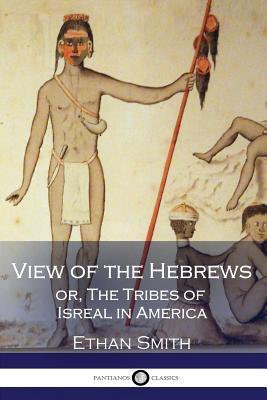What do you think?
Rate this book


198 pages, Paperback
First published January 1, 1977
This famous book by preacher and theologian Ethan Smith puts forth the notion that the Native American tribes are descended from the Ten Lost Tribes of Israel.
The idea that the distant forebears of the Native American tribes had somehow arrived in North America long ago from Israel, perhaps during the Great Flood described in the Biblical Old Testament, was a popular belief in the USA during the late 18th and early 19th centuries. Lacking an alternative explanation for the tribal peoples, the preachers of the era advanced this Israelite theory, which gained currency especially among the more pious Christians in the fledgling United States.
Concepts that Ethan Smith and others advanced were later discredited by anthropologists, who determined that the ancestors of the Native American peoples had in fact migrated across the frozen plains of Alaska. Despite being disproved by later research, View of the Hebrews remains interesting for its insight into the popular beliefs and suppositions of religious scholars at the time.
View of the Hebrews is also famous today for the influence it had in the establishment of Mormonism. The Book of Mormon has, in several chapters, parallels of opinions and tone to Ethan Smith's View of the Hebrews. This has led later scholars to suppose that Joseph Smith, the founder and prophet of the Mormon faith, had read this book at some point and used it to compose his own prophetical work.
Ethan Smith was a lifelong clergyman who was born in Massachusetts, New England. In his youth, he witnessed the American Revolution succeed: thereafter he embarked upon a long career as a member of the Congregationalist clergy, authoring several popular books on theological themes. He lived to the age of eighty-seven - at the time a remarkable lifespan - and was reputed to have memorized much of the Bible by heart, so that he could continue to preach even as his eyesight failed.